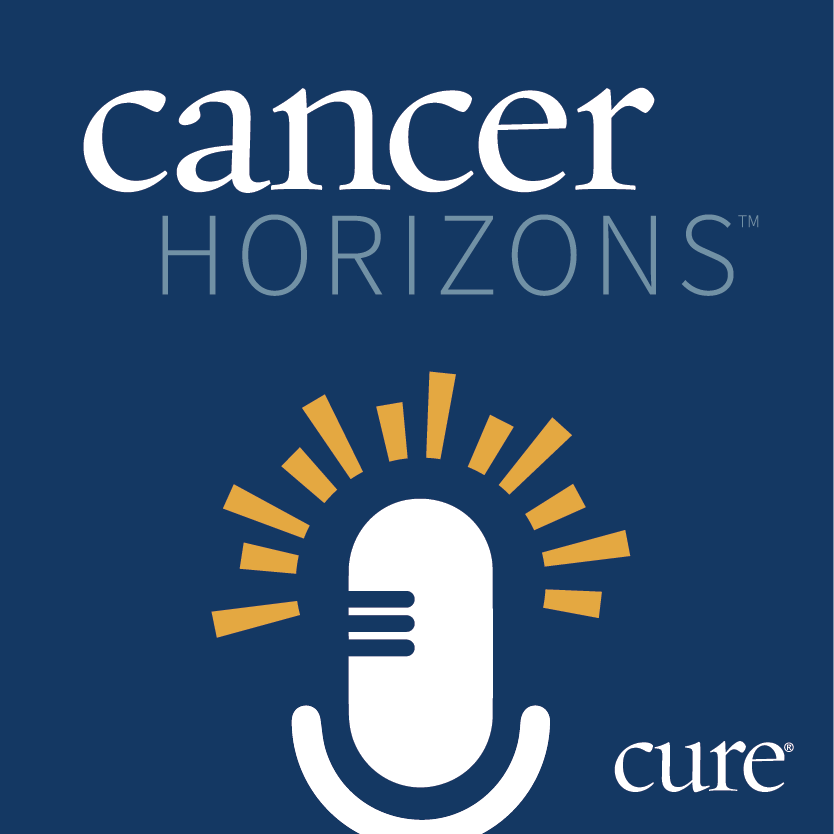Publication
Article
CURE
Teens Helping Teens
Author(s):
The Childhood Cancer Foundation in Canada recognized the unique needs of teens with cancer and created Teen Connector, a Facebook-style website.
Since the teenage years already come with a long list of problems and worries, having cancer added to the mix seems like it’d be a living nightmare. The Childhood Cancer Foundation in Canada recognized the unique needs of teens with cancer and created Teen Connector (www.teenconnector.ca), a Facebook-style website.
Social networking sites, like Facebook, have become popular tools for individuals of all backgrounds to provide updates on their lives, share their interests, and keep up with old friends, while making new ones. For cancer patients, social networking has also become a great tool for creating a support group (see “Friends in Need”).
Since its launch last fall, Teen Connector has become a place where young cancer patients and survivors can be inspired and supported by special mentors; build a network of friends; share stories in group discussions and journals; create fundraising events; and get cancer-related information geared toward them. The site also provides games and activities.
“It’s got a lot of traditional social networking features, but there’s a lot that’s catered to someone going through treatment, or in the hospital,” says Lauren Donnelly, an 18-year-old cancer survivor from Ontario, Canada. “A lot of things are specialized to cancer patients.”
Donnelly is one of 12 teen cancer survivors who were key to developing the content, functionality, and style of the Teen Connector website. Donnelly also serves as a Teen Connector mentor, a special category of Teen Connector members who are post-treatment and have gone through training to provide support, advice, and motivation to teens currently progressing through their cancer journey.
“It’s been a really great experience talking to teens—being able to encourage them,” says Donnelly, who was diagnosed with acute lymphoblastic leukemia when she was 15. “It’s something I would have loved to have when I was going through treatment.”
This is what makes Teen Connector so unique; it’s designed specifically for teens on treatment. But teens finished with treatment can find a place for themselves, too. And, Donnelly assures, the registration process is very easy.
“You can be online and talking to others going through a similar experience as you within a few minutes.”





